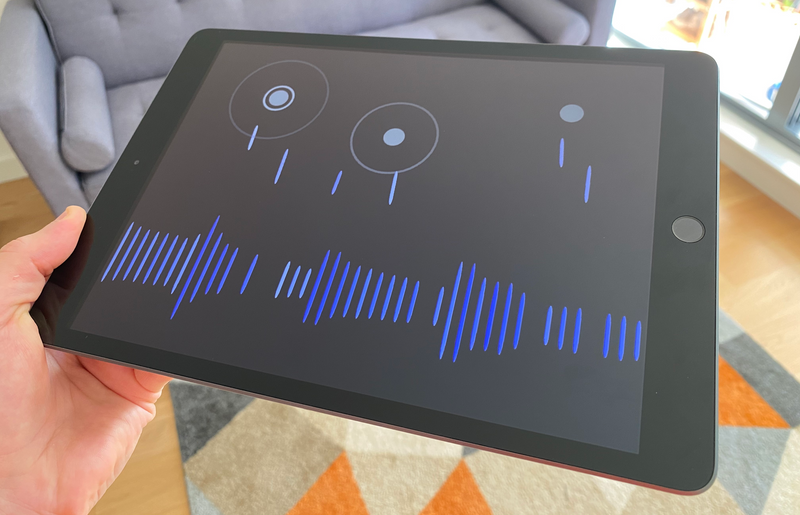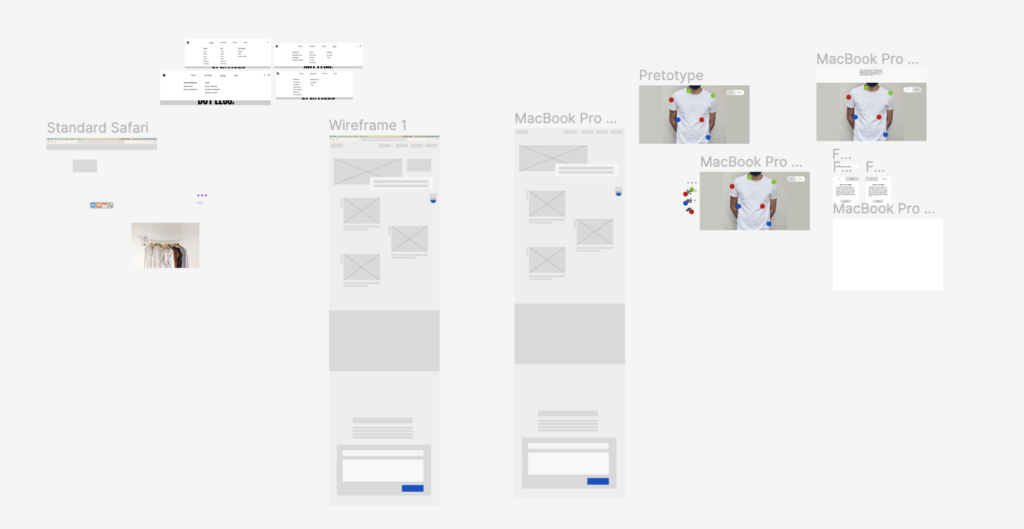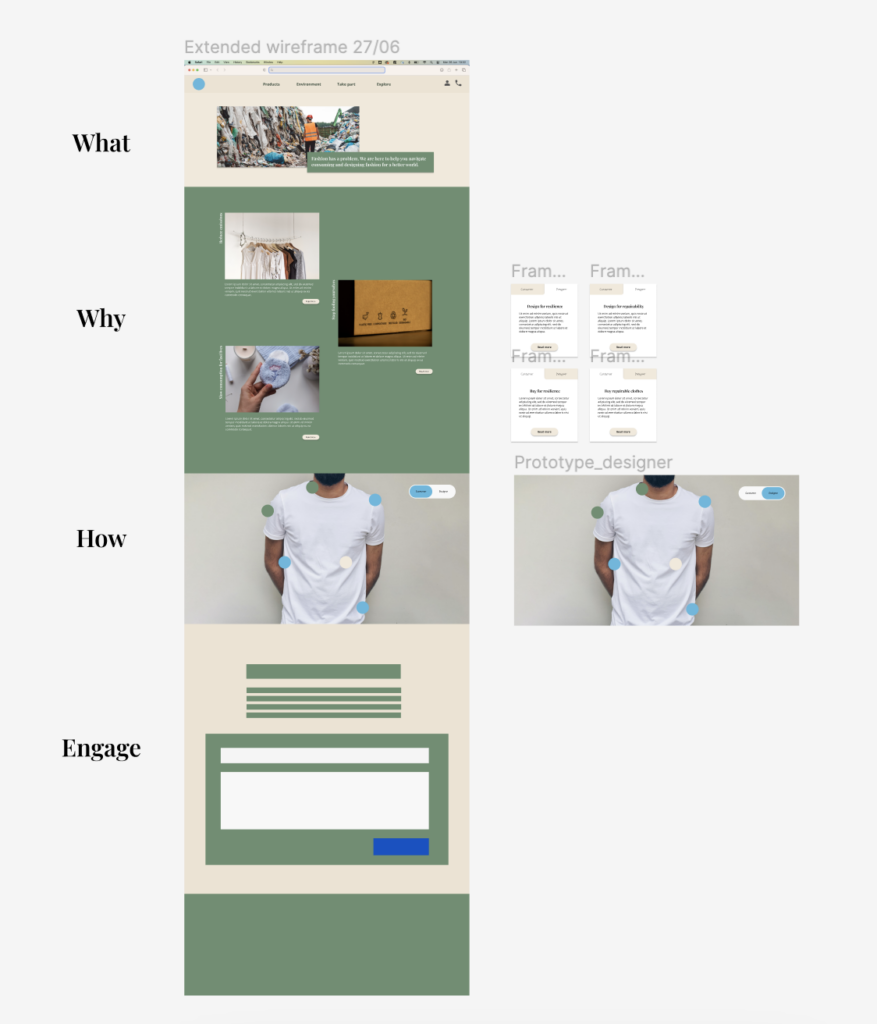In the realm of design, two prominent concepts, universal design and inclusive design, aim to ensure that everyone, regardless of their abilities or characteristics, can fully engage with products, services, and environments. While both approaches share the objective of promoting accessibility and inclusivity, they differ in their core principles and methodologies.
Universal design focuses on creating products, services, and environments that are accessible to a wide range of users, including those with disabilities. In their paper, “Universal Design and the Challenge of Diversity,” Preiser and Ostroff (2001) emphasize the importance of equitable access and emphasize that universal design should be integrated into the design process from the outset. Which encompass elements such as equitable use, flexibility, simple and intuitive use, perceptible information, tolerance for error, low physical effort, and appropriate size and space.
Inclusive design emphasizes the active participation and representation of diverse individuals in the design process. Heylighen and Neuckermans (2003) in their paper, “Inclusive Design: A Morphological Analysis of the Concept and Its Interpretations,” highlight that inclusive design seeks to address the needs of various users by considering factors such as abilities, cultural backgrounds, age, and more. The authors argue that inclusive design goes beyond mere accessibility and aims to eliminate barriers and biases that may exclude certain individuals.
Universal design focuses on creating products and environments that are usable by a diverse range of individuals, while inclusive design emphasizes the active involvement and representation of diverse perspectives in the design process. By combining the principles of universal design with the empathetic and inclusive approach of inclusive design, designers can bridge gaps and create experiences that empower and include everyone. Together, these design philosophies pave the way for a more inclusive and accessible future, where barriers are dismantled, and everyone can fully participate and engage in the world around them.
Sources:
Preiser, W. F. E., & Ostroff, E. (2001). Universal Design and the Challenge of Diversity. In E. Steinfeld & S. Danford (Eds.), Universal Design Handbook (pp. 3-15). McGraw-Hill.
Heylighen, A., & Neuckermans, H. (2003). Inclusive Design: A Morphological Analysis of the Concept and Its Interpretations. Design Studies, 24(5), 437-456.
Eichner, P., Meijering, L., & Steuten, C. (2016). Universal Design and Inclusive Design: Towards an Analytical Model. The Design Journal, 19(6), 905-923.



